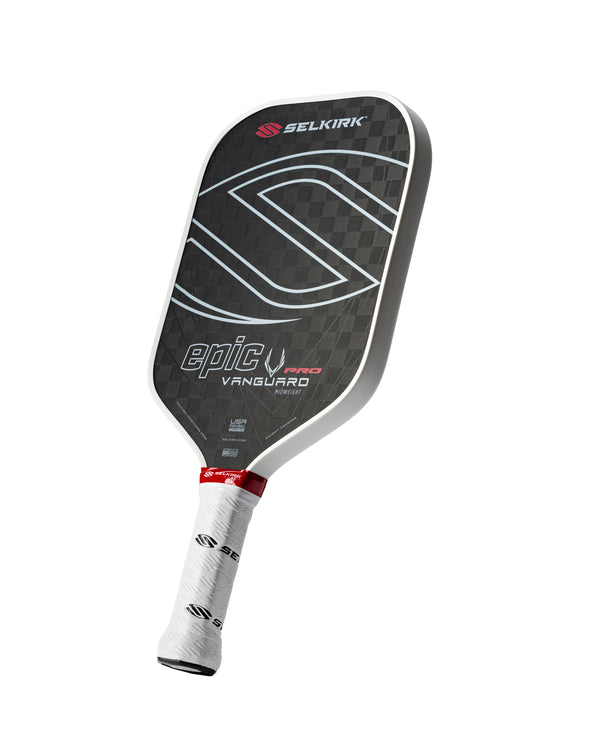
One of the best parts about pickleball is that it’s a game that can be enjoyed by anyone, regardless of age.
As more people pick up the sport, more and more families are hitting the courts together. Of course, teaching children the game comes with its own set of challenges.
But with a few quick tricks and drills geared specifically toward children, your little one can be a valuable team member in no time.
Step 1: Getting the right equipment for your child
The first step is to ensure that your child has the right equipment to succeed. While most high-performance pickleball paddle companies offer all their paddles in one size, you can aim for shorter, lightweight paddles that are easier for your child to maneuver.
You should also look for a paddle with a larger sweet spot, which will help your child control the ball easier.
Step 2: Start with play
This may seem counterintuitive, but at first, don’t teach your child the rules. Instead, get them on the court and aim for rallies at the net. Just allow your child to get a feel for the ball.
Remember to keep it light — don’t overcoach. Just see how many hits you can get in a row. Praise your child’s effort and don’t stress over the errors.
Step 3: Introduce the challenge
As you have a goal to beat — let’s say six hits in a rally — you can slowly begin to introduce tips. Help them see what is keeping them from achieving their goal.
If they need help with court positioning, help them focus on moving back to the right spot after hitting the ball. If their swing is wild, demonstrate the proper technique.
The key here is to keep the demonstration short and fun. Try turning the demonstration into a game.
For example, if you want to teach court positioning, try playing a tossing game. Toss the ball over the net, and have your child practice placing both feet firmly on the ground and catch the ball out in front of them before tossing it back.
As you play the “game,” be sure to use encouraging words and praise them for doing the correct things. Sneak in learning points when you can.
Bonus: As you practice, keep alluding to a “contest.” Doing so will keep your child focused on getting better. When you’ve practiced for a few minutes, introduce some type of contest to keep them motivated.
For example, if tossing the ball, challenge your child to get through the alphabet to “win.” Shout out a letter with each toss. If you make it, celebrate! If you don’t, encourage your child to try again.
Make sure everyone feels like a part of the team. Celebrate together and share ideas for how you can improve too, that way your child knows they are learning alongside you.
Step 4: Introduce more advanced tips
As your child advances through the sport, you can begin to incorporate more advanced lessons. Remember to use the same coaching tactics: keep it light and keep it fun.
For example, if you’re trying to teach your child different grips, you can grab some crayons and make a fun art project.
Start by having your child trace their hands. Highlight on the paper where they should feel the paddle in their hand. Then, grab a paddle and help them feel out the proper grip.
Mix in some shape and counting lessons while you’re at it. Draw an octagon to simulate the bottom of the paddle and have your child number each side. Then highlight where on the octagon your child should grip the paddle. Again, give them the paddle and help them find the right spot.

Step 5: Hit the courts
Using the above tactics, you can slowly teach your child all the skills necessary to be a strong pickleball player. As they learn, it’s important to set up some kid-friendly games.
Allow them to test out their skills in a game environment, but be sure to create an environment where your child feels like a partner or opponent, not a student. Doing so allows your child to have pride in their game.
Finally, make sure everyone remains positive and encouraging. Have fun!





















